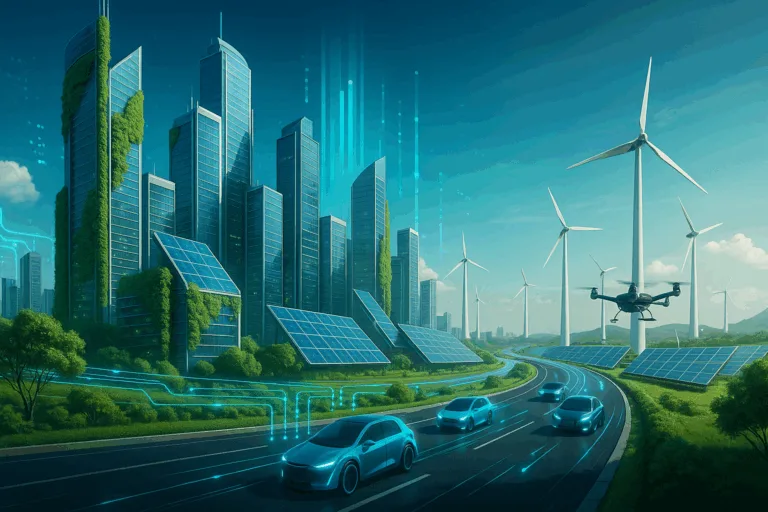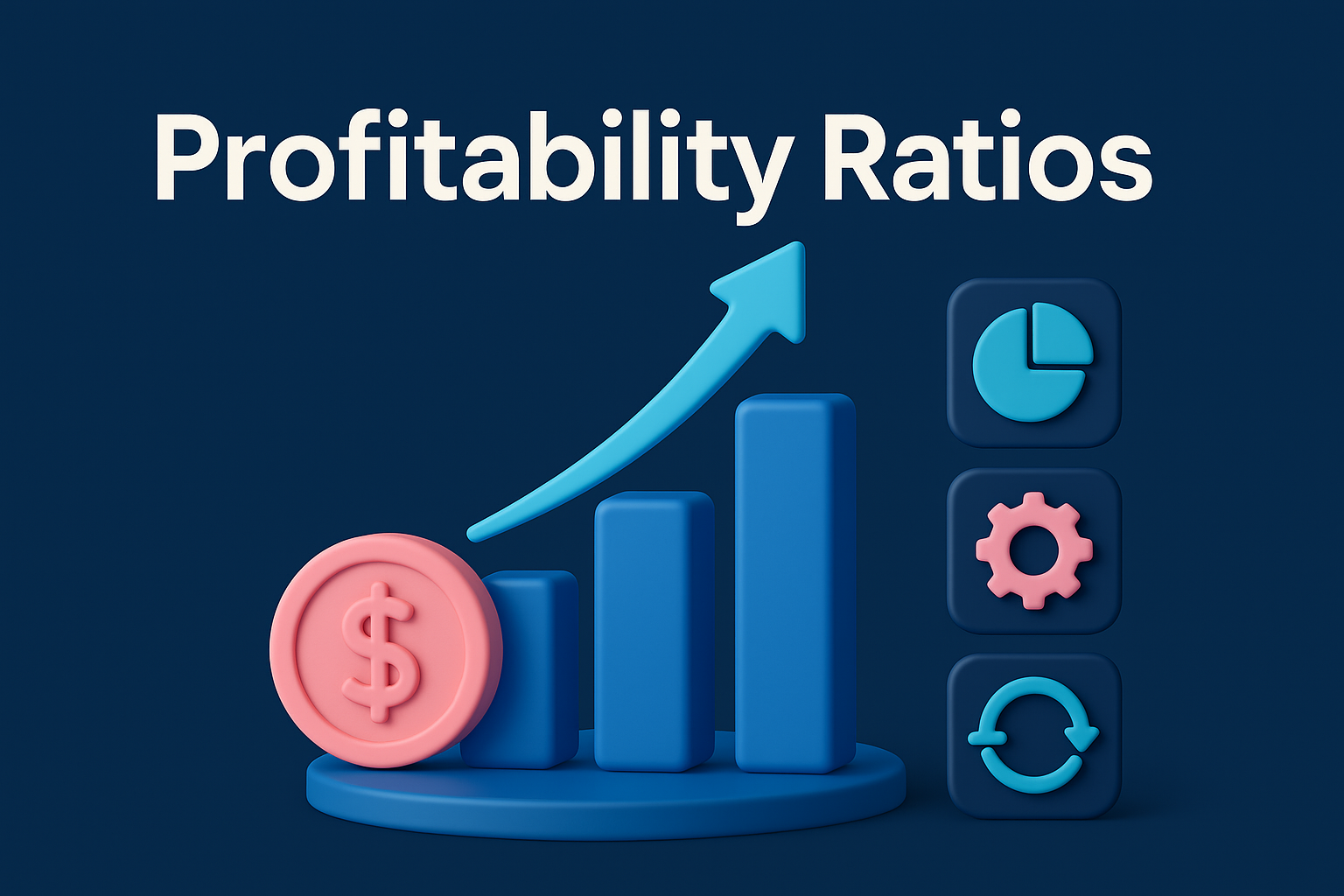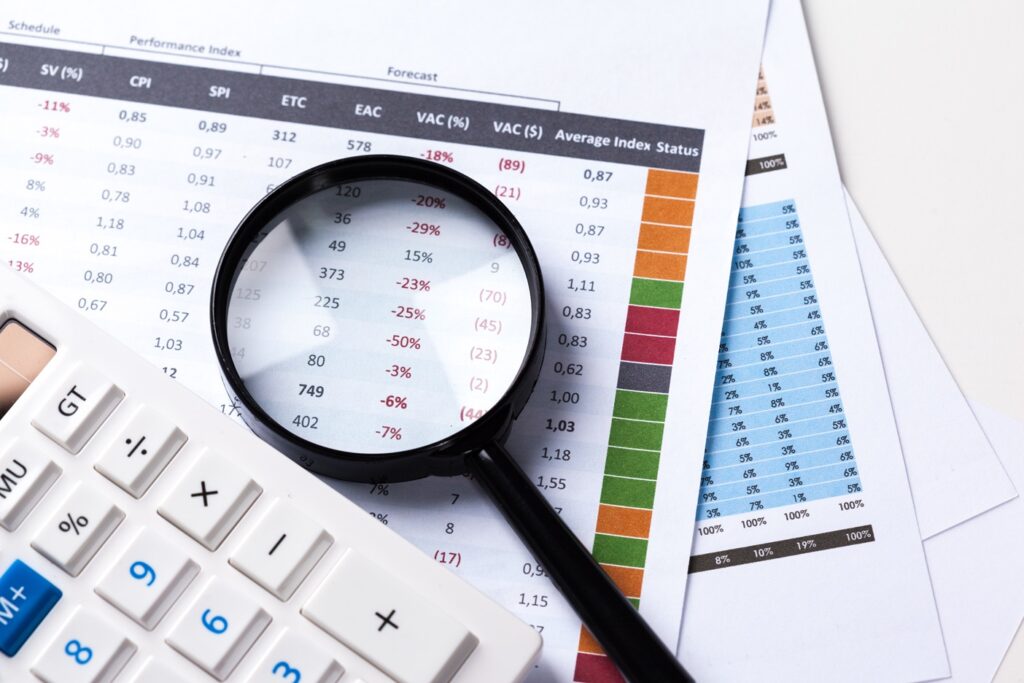Introduction
In recent years, sustainability has transformed from a peripheral concern into a core driver of corporate strategy, government policy, and consumer behavior. Simultaneously, technology has evolved into the most powerful catalyst for innovation and transformation. The intersection of these two forces sustainability and technology is shaping a new future where businesses, cities, and societies operate more efficiently, responsibly, and with reduced environmental impact.
From renewable energy solutions and green supply chains to smart cities and AI-driven efficiency tools, technology has become inseparable from sustainability. This article explores how digital innovation is enabling organizations and communities worldwide to embrace sustainable practices while ensuring growth, profitability, and resilience.
1. Understanding Sustainability in the Modern Context
Sustainability is not merely about reducing waste or adopting renewable resources. It is about creating long-term systems that balance:
-
Environmental concerns: reducing emissions, conserving resources.
-
Economic growth: ensuring business profitability and market competitiveness.
-
Social equity: enhancing the well-being of people and communities.
The United Nations Sustainable Development Goals (SDGs) have pushed businesses and governments to align strategies with sustainability metrics. And increasingly, the tool enabling that alignment is technology.
2. The Role of Technology in Advancing Sustainability
Technology is the backbone of the global sustainability agenda. It enables:
-
Data-driven decision making – monitoring energy usage, water consumption, and waste production in real-time.
-
Process optimization – automating operations to reduce inefficiencies.
-
Transparency – allowing organizations to track sustainability metrics across their supply chains.
-
Innovation – developing entirely new eco-friendly solutions (electric vehicles, smart grids, carbon capture systems).
3. Key Areas Where Technology Supports Sustainability
a) Energy and Renewable Power
-
Solar and wind energy powered by smart grids.
-
AI predicting energy demand to optimize distribution.
-
IoT-enabled meters tracking household and industrial energy usage.
b) Sustainable Supply Chains
-
Blockchain providing transparency across procurement and logistics.
-
ERP systems ensuring optimized procurement, reducing overproduction and waste.
-
Predictive analytics identifying inefficiencies in transportation and logistics.
c) Smart Cities and Infrastructure
-
IoT sensors monitoring traffic, reducing congestion, and cutting emissions.
-
Data analytics optimizing water and waste management.
-
Smart lighting systems that reduce electricity consumption.
d) Manufacturing and Industry 4.0
-
Automation and robotics minimizing material waste.
-
3D printing reducing excess production.
-
Digital twins simulating processes to reduce trial-and-error waste.
e) Climate Monitoring and Environmental Protection
-
Satellite technology tracking deforestation, water shortages, and pollution.
-
AI-driven weather forecasting supporting disaster preparedness.
-
Digital models guiding urban planning with sustainability in mind.
4. Benefits of Combining Sustainability with Technology
-
Cost savings – energy efficiency reduces expenses.
-
Competitive advantage – eco-conscious consumers prefer sustainable brands.
-
Regulatory compliance – governments increasingly require green reporting.
-
Brand reputation – sustainability strengthens trust with stakeholders.
-
Innovation opportunities – green technology creates entirely new markets.
5. Challenges to Overcome
While the synergy between sustainability and technology is promising, challenges remain:
-
High initial costs of sustainable technologies.
-
Resistance to change in traditional industries.
-
Data privacy issues in smart cities and connected systems.
-
Unequal access to technology between developed and developing regions.
6. The Future of Sustainability and Technology
Looking ahead, several trends are set to define the next decade:
-
AI-powered carbon management – algorithms calculating real-time carbon footprints.
-
Circular economy platforms – digital systems ensuring resources are reused.
-
Next-generation energy storage – breakthroughs in battery technology.
-
Smart agriculture – AI, drones, and IoT improving food production while conserving resources.
-
Sustainability analytics dashboards – giving business leaders real-time KPIs on energy, waste, and environmental impact.
7. Case Studies of Technology Driving Sustainability
Smart Grids in Europe
Countries like Germany and Denmark have built renewable-first energy grids, balancing solar and wind energy supply with predictive AI.
Blockchain for Coffee Supply Chains
Companies like Starbucks use blockchain to trace coffee beans from farm to cup, ensuring sustainable sourcing.
Singapore as a Smart City
Singapore has implemented data-driven systems for traffic management, waste disposal, and water conservation, setting a global benchmark for green urban living.
8. Why Businesses Must Act Now
The convergence of sustainability and technology is no longer optional—it is a strategic necessity. Organizations that fail to adapt risk:
-
Losing environmentally conscious customers.
-
Facing penalties from governments.
-
Falling behind competitors who leverage green technologies.
On the other hand, those who embrace sustainable technologies can:
-
Lead their industries.
-
Reduce operational costs.
-
Build stronger, future-ready brands.
9. The Role of Data in Driving Sustainable Technology
At the heart of sustainability is data. Without accurate monitoring and analysis, sustainability goals remain abstract. Data technologies enable organizations to:
-
Track KPIs for energy, emissions, and resource usage.
-
Identify wasteful practices in real-time.
-
Make informed decisions that balance cost and environmental benefit.
Conclusion: Technology as the Path to a Sustainable Future
The future will be defined by the ability of organizations, governments, and societies to merge digital innovation with sustainability principles. Every industry—from manufacturing and logistics to healthcare and education—must integrate technology not just to grow, but to do so responsibly.
This is where advanced platforms like Mozon’s systems provide value. Through tools like Mozon Data Monitoring and Analytics, companies and governments can:
-
Monitor real-time sustainability metrics.
-
Analyze environmental and operational data.
-
Build strategies for eco-friendly, future-proof growth.
By embracing sustainability and technology together, organizations can move from reactive problem-solving to proactive innovation driving growth while protecting our planet.





